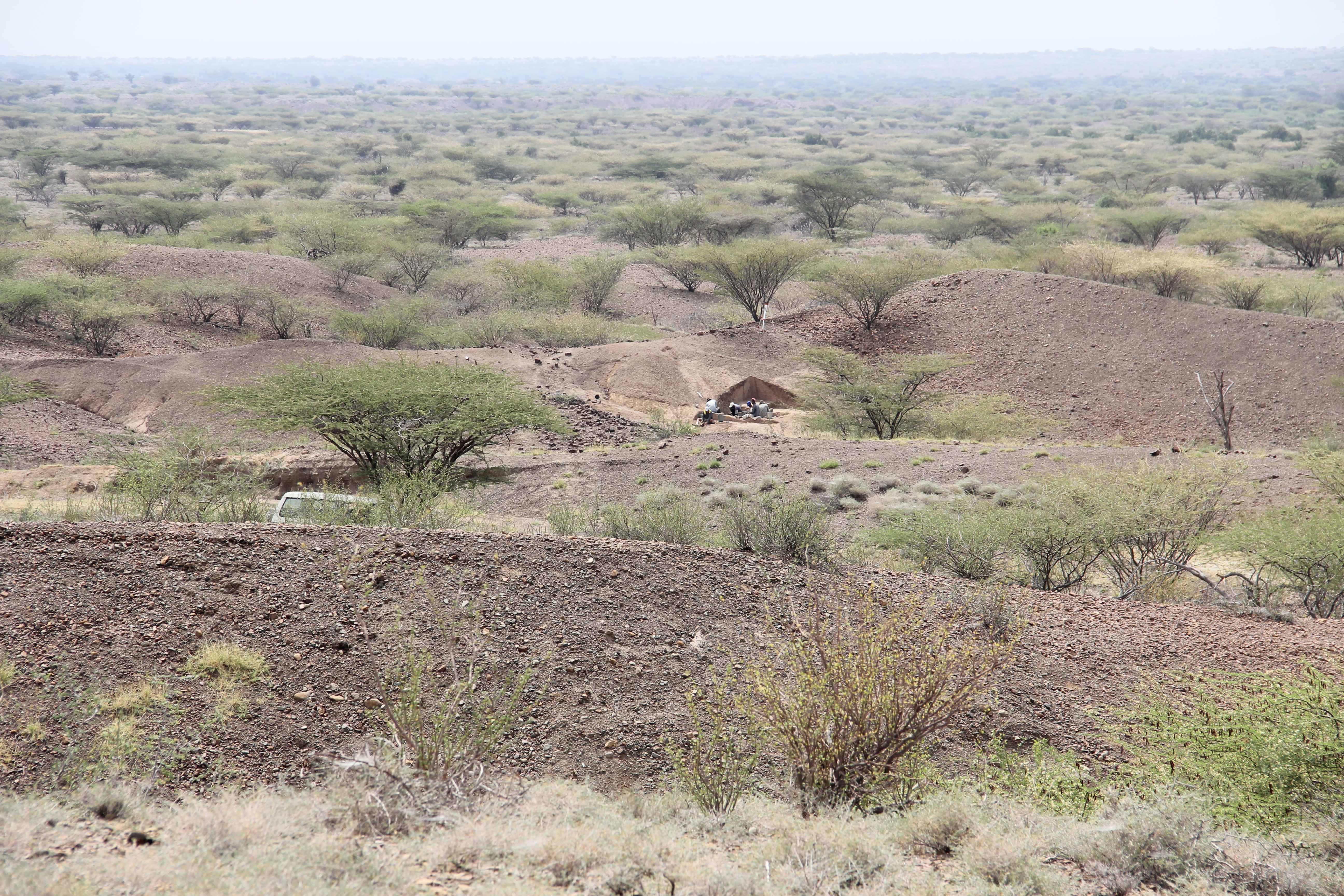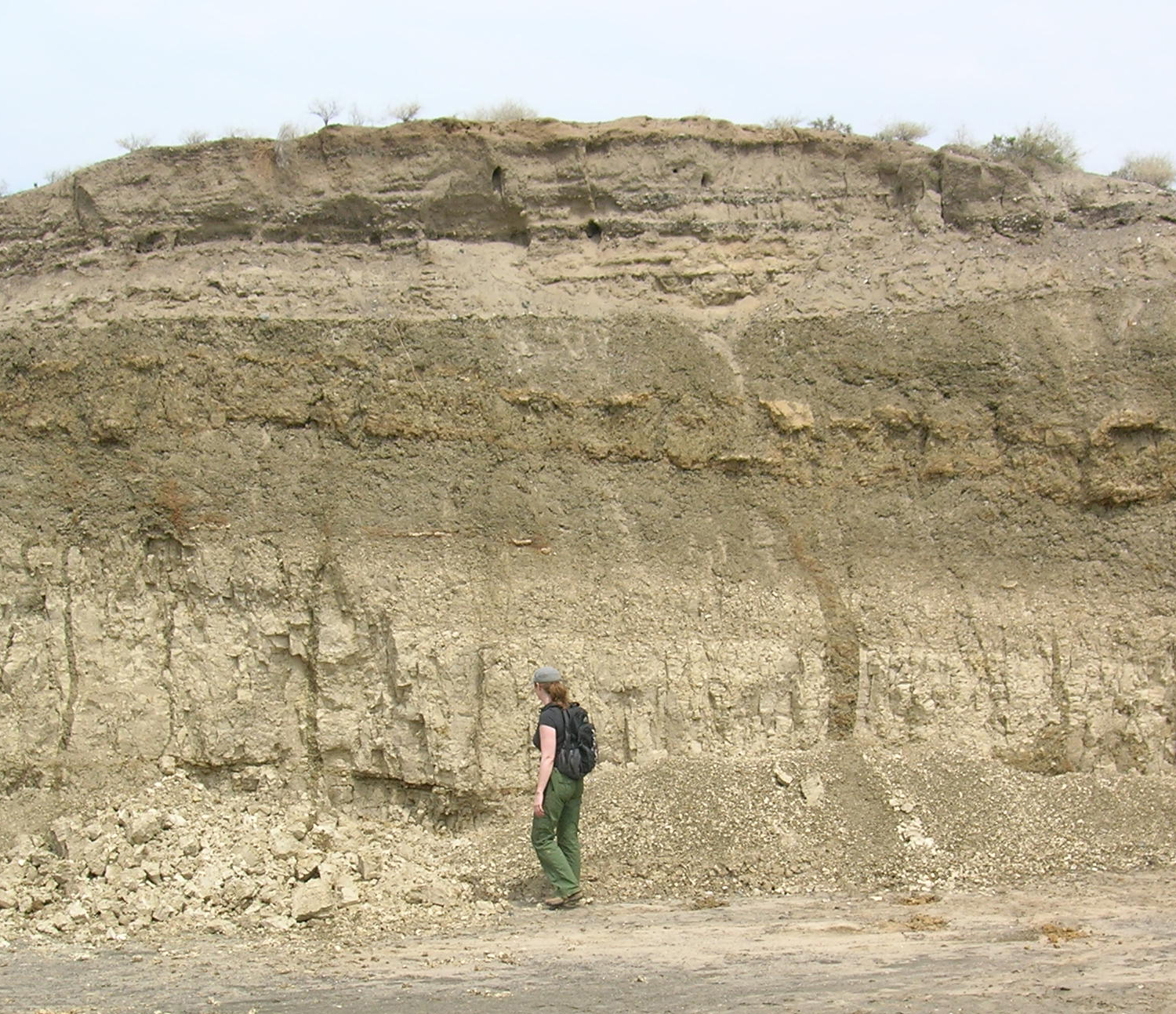 A variety of factors influenced our human evolution.
A variety of factors influenced our human evolution.
Rhonda Quinn, an assistant professor of sociology, anthropology, and social work at Seton Hall University, is studying the relationships our first use of tools by our human ancestors shares with evolution.
Rhonda Quinn studies the interaction of modern and extinct humans with the environment. Her primary research focuses on reconstructing selective pressures for the emergence of Homo and dispersal from Africa. She integrates stable isotopic systems with sedimentology and stratigraphy to elucidate hominin adaptations to environmental and climatic change in the Turkana Basin of northern Kenya. Quinn teaches courses in paleoanthropology, bioarchaeology and stable isotopic analyses in anthropological contexts at Seton Hall University.
Evolutionary Catalysts

What caused early humans to stop behaving and looking like apes and begin the road toward humanity? Environmental changes have long been credited with driving human evolution especially during the rise of our genus, Homo. Until recently, the story of how we became more human than ape was bundled in a neat package: global climate change caused vast forests in Africa to fragment into savanna grasslands.
Ape food resources -fleshy fruits and young leaves – became more scarce. Grasslands offered meat and marrow that could be scavenged with stone tools. These new protein and fat rich foods led to brain expansion, a larger body, and dispersal out of Africa as early humans followed that new food, now on the hoof, into Asia and Europe. The earliest fossils of genus Homo, the first stone tools, and the spread of grasslands in Africa all occurred at about 2-point-5 million years ago.
The West Turkana Archaeological Project, of which I am a member, discovered stone tools at 3-point-3 million years ago in Kenya. This discovery makes the story of how we became us more complicated. These tools predate fossil evidence of genus Homo.
My role in the project was to reconstruct the vegetation by using chemical signatures of ancient soils. I determined that the tools were found in a wooded environment, not grasslands. That neat package of stone tools originating in grasslands is coming undone.
These discoveries elude to the possibility that small-scale environmental perturbations may be responsible for causing evolutionary change or that other factors, like biotic competition, could be primarily driving the origins of stone tools.
We will have to keep digging for the answers.


